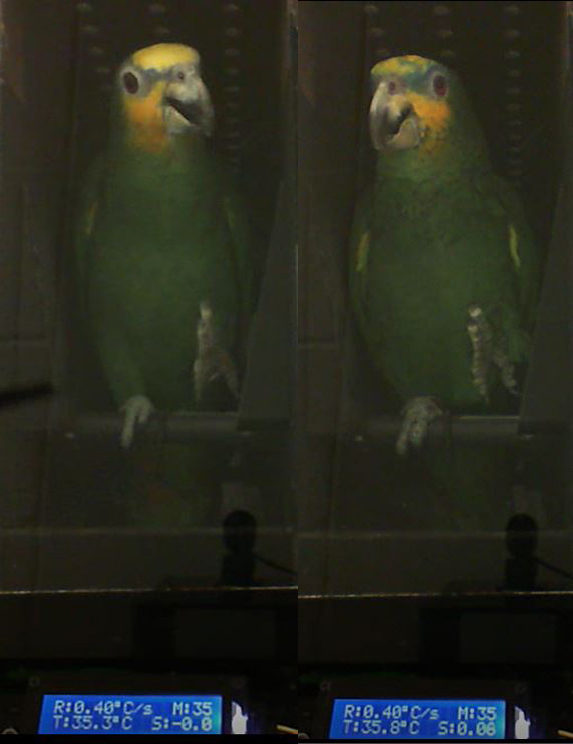
Avian Analgesia
Analgesia is defined as absence of pain. Pain control is critical to successful medical management in all species, and the CZAR lab takes an active role in furthering veterinary knowledge on the variety of drugs available for pain management in the bird. In the CZAR lab, we focus on investigating the metabolism, efficacy, safety and adverse effects associated with use of analgesics in avian species.
Opioid pharmacokinetics and pharmacodynamics in birds
Opioids are medications that work at opioid receptors to alleviate pain. Common opioids in the medical community include morphine, methadone and butorphanol, to name just a few.
Opioids are believed to be the most effective drug in diminishing pain; however, little is known about the use of these drugs in birds. The CZAR lab actively investigates administration of several different opioid drugs in a number of avian species. Interestingly, the characteristics of opioids vary considerably across the variety of bird species. This variation means that the dose required to manage pain in a parrot is often much different than that required to manage pain in a hawk, in a chicken, or even in a swan.
Research performed by our lab supports the notion that opioid efficacy must be evaluated across the wide variety of bird species to ensure they are being effectively and safely used. Furthermore, our work has shown that the differences in opioid effectiveness across birds species impact the treatment decisions made by veterinarians when managing the avian patient.
